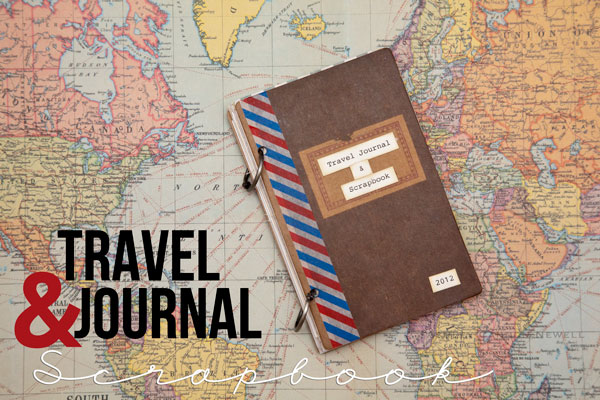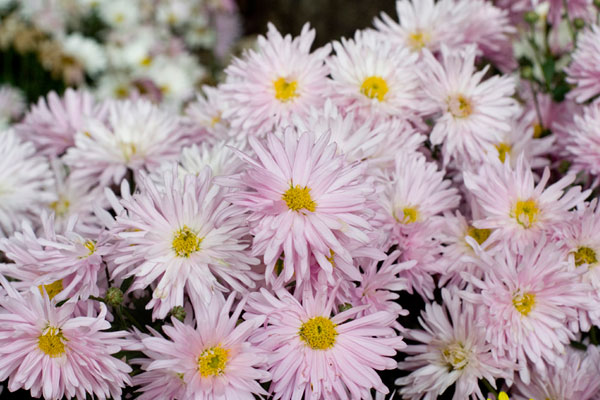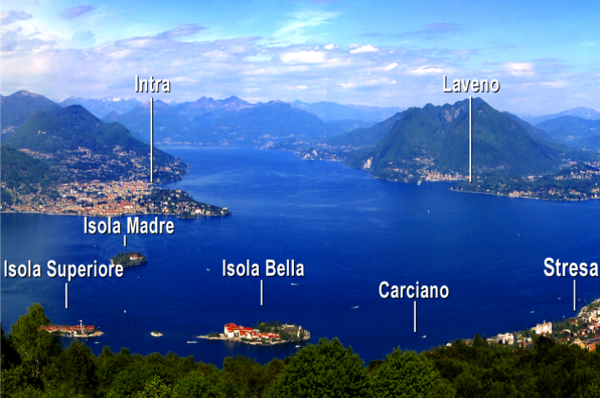Passion for travel makes people crazy for exploring more. With traveling to new destinations, people get in touch with new cultures and traditions. This helps people to change their way of thinking about the world. And, if anything in the world can ideally change the odd views of people, it is traveling. Travel can genuinely change people.
All the changes that occur throughout a journey are positive changes for travelers. Travel makes people better human beings. There are various positive advantages that come with traveling. Most importantly, you can see the world through a different view. The following are some of the most effective advantages of traveling.
1. Better Communication Skill
When you opt for traveling to a new destination, you have to communicate with new people. After living in several places, and communicating with many people you will surely have better communication skill. In fact, you can live in some places where English not the first language, there you have to make them know about your question in their local language. It is surely a tough task to handle. It will surely improve your overall communication skill.
2. Widening Your Views
Dealing with different people of various countries will let you expand your horizon of world views. You will be able to accept all kinds of differences surrounding you. You will learn to respect others and their views. Every religion and culture is valuable for each community. Accepting this fact will be easy for you with traveling to different countries.
3. Better Patience
Throughout the long journey, maintaining a scheduled time is not easy task. So you have to handle it with your patience. You have to make several decisions in a trip. Having proper patience is vital for better decisiveness. You can get better patience with the help of traveling.
4. The Art of Helping with Generosity
Throughout the journey, you will meet many people. Some of them will become friends with you. They may help you without expecting any return. Similarly, you also will help people without expecting any return from them. Travel helps people being more generous and happy to help other.
5. Getting Friendly With the Strangers Easily
The skill of getting friendly with others easily is possible with the help of traveling. You can easily get acquainted with your co-travelers in your journey. It will surely enhance your friendly nature.
6. Making the Most at the Moment
Traveling to different destinations makes people more fun-loving. You can forget about all worries by enjoying with your co-travelers. It is a positive side of traveling. You are more prone to have fun.
Having a fresh start for a new life is much more pleasurable than losing in old memories. You can surely enjoy your positive traits with your friends. After traveling to various destinations, many positive traits will add to your personality. It makes better human being and not just a good traveler. That is why most of the travelers are genuine and authentic by nature.











